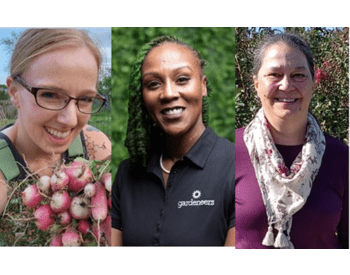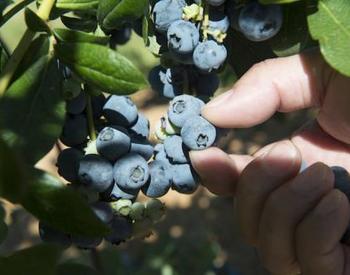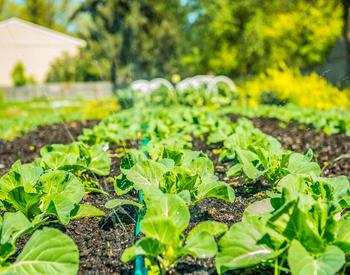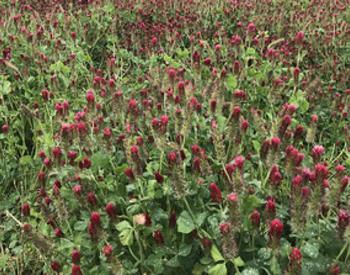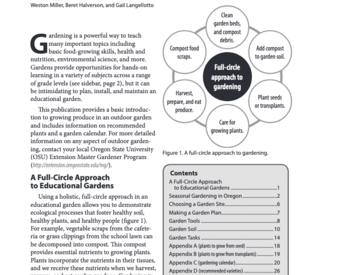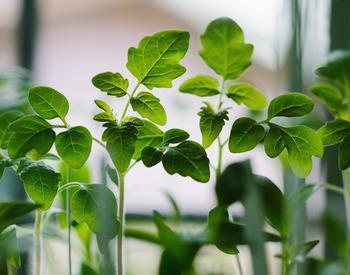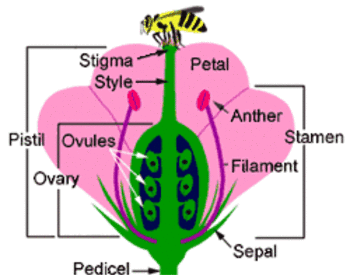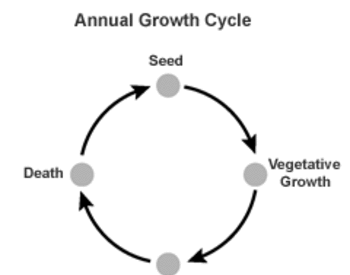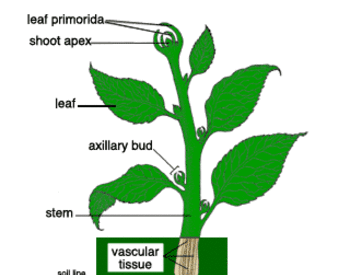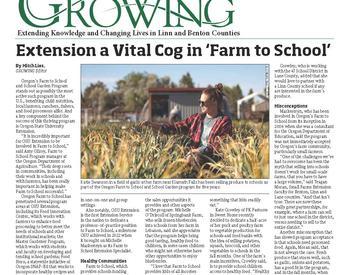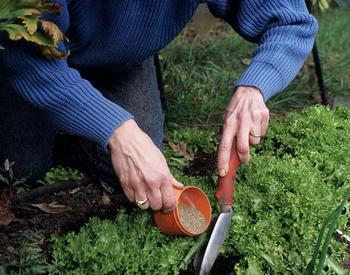Cells
Cells are the basic structural and physiological units of plants. Most plant reactions (for example, cell division, photosynthesis and respiration) occur at the cellular level. Plant tissues are large, organized groups of similar cells that work together to perform a specific function. Examples include meristems, xylem and phloem.
A unique feature of plant cells is that they are readily totipotent. In other words, almost all plant cells retain all of the genetic information needed to develop into a complete plant. This information is encoded in the plant's DNA.
Totipotency is the main reason that vegetative (asexual) reproduction works. For example, it's possible to generate a new African violet plant from a small leaf cutting. The leaf cells have all of the genetic information needed to generate a root system, stems, more leaves and ultimately, flowers.
Meristems
Specialized groups of cells called meristems are a plant's growing points. Meristems are the site of rapid, almost continuous cell division. These cells either continue to divide or develop into other tissues and organs.
A complex array of internal plant hormones controls how meristematic cells divide and whether they become a tissue or an organ. Environmental conditions also influence this process.
In many cases, you can manipulate meristems to make a plant do something you want. For example, you can get it to change its growth pattern, flower, alter its branching habit or produce vegetative growth.


